The 2014 Good Gift Games
Board games are a gift that keeps on giving—the best of the bunch provide hours of fun for years on end. But when a new crop of great games arrives every year, how can you choose? This is how.
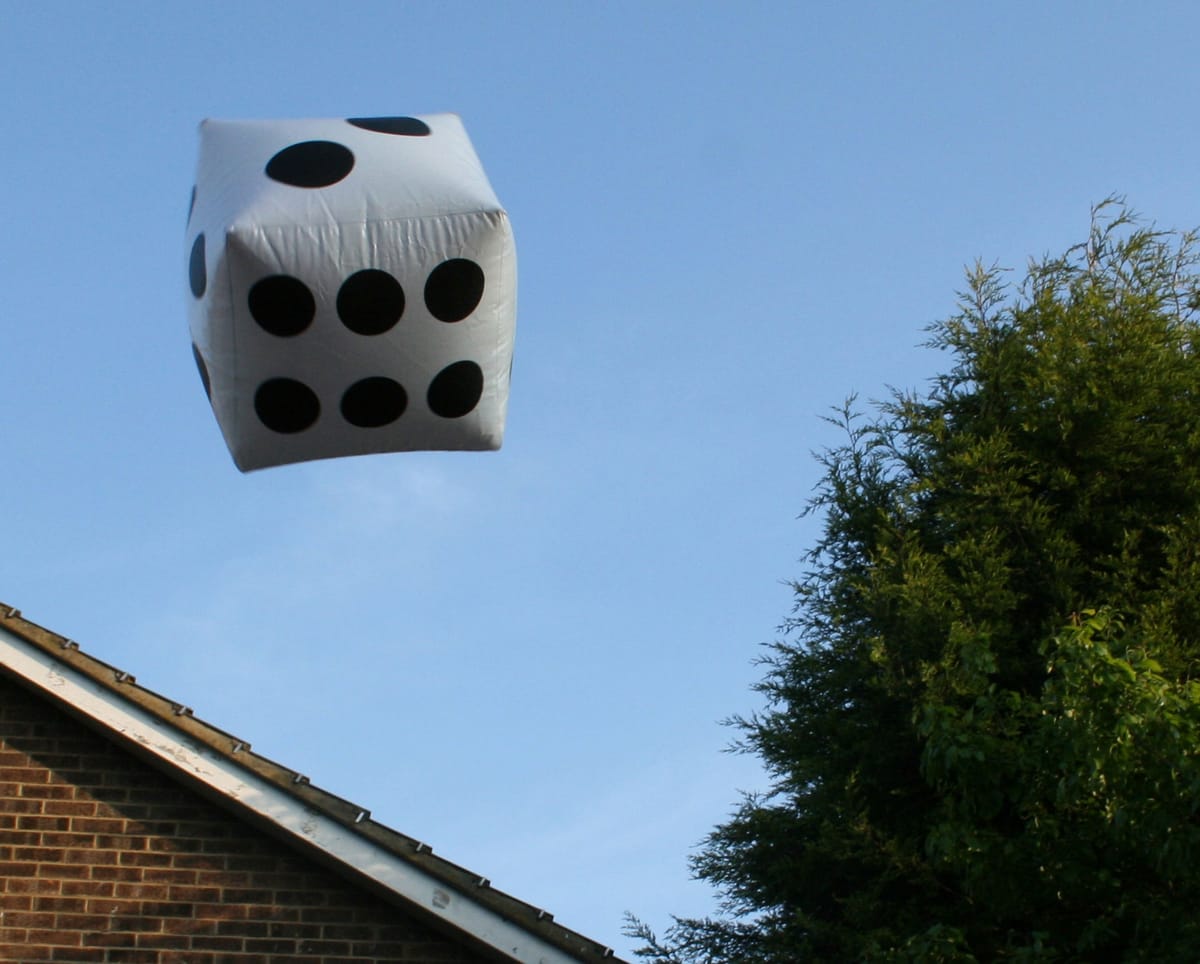
Time flies when you’re promoting fun.
Ten years ago, when the Good Gift Games guide first appeared in the virtual pages of The Morning News, I urged readers not to dismiss board games as “kid’s stuff.” Today I don’t need to make this argument. Thanks to the ascendency of nerd culture in general, and tabletop gaming in specific, board gaming is no longer a niche hobby to be foisted on the unknowing masses. A night around a copy of Carcassonne is now viewed as an entertainment option on par with a trip to the movies or a night at the bar.
And yet people still find themselves in need of recommendations. Where once this was due to a paucity of options, today it is a result of a surfeit. With so many new board games released every year, from outlets that run the gamut from Walmart to Kickstarter, how do you decide what to purchase for friends and, more importantly, yourself?
Well, don’t you fret. The board game industry may have changed dramatically over the years, but the Good Gift Games guide soldiers on as your annual compilation of recent games that are easy to learn and teach, fun and engrossing to play, and that can be completed in 90 minutes or less.
There’s no telling what the state of tabletop gaming will be in 2024. But right now it’s fantastic, as the selections below so amply illustrate.
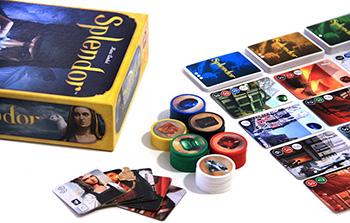
Splendor
Can a game be simultaneously pretentious and unassuming? In Splendor players join that most ostentatious of industries, the jewelry trade, as they strive to impress the aristocracy with their superior skill in gemology. And yet the game design itself could not be more spare, a model of humble elegance. Each card bears one of five stones—diamonds, emeralds, rubies, sapphires, and onyxes—and can be purchased for some combination of these jewels. The cheapest cards provide a steady supply of new gems to use in future purchases, while the most expensive cards offer victory points. The first player to reach 15 victory points wins the game. Splendor is my favorite light game of the year: a quick, easy, and surprisingly addictive exercise in economic engine building.
Designer: Marc André
Publisher: Asmodee
Players: 2–4 (works well with 2)
Time: 30 minutes
Genre: Light strategy
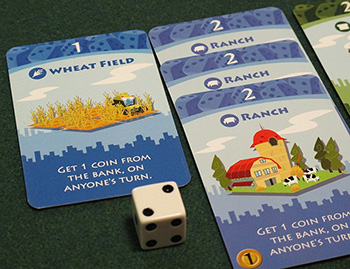
Machi Koro
In 1995, Settlers of Catan helped usher in a renaissance in contemporary boardgaming. Nearly two decades later, Machi Koro is here to remind us of the joys of city-building. As in Catan, players roll dice, reap rewards if they own properties with matching numbers, and use the accumulated resources to upgrade their infrastructure. Unlike Catan, an entire game of Koro takes just 20 minutes—although it’s difficult to limit yourself to a single match. Starting with only a wheat field and a bakery, players purchase buildings ranging from farms and mines to cheese factories and amusement parks, hoping to create synergistic combinations (e.g., the forest and the furniture maker) that will rake in profit when the right numbers come up. Although Splendor was my favorite light game of the year, Machi Koro proved the most popular among my friends and family.
Designer: Masao Suganuma
Publisher: IWD Games
Players: 2–4 (works well with 2)
Time: 30 minutes
Genre: City building

Concept
Just when you think you’ve seen every possible variant on the “get your team to guess a word” formula popularized by Taboo, a game comes along that manages a fresh take. In Concept, however, you don’t so much hint at the target word as build it from the ground up. The board depicts a hundred or so icons in a variety of basic categories such as colors, shapes, activities, materials, and directions. To communicate a concept, a player silently places tokens onto the pictures (e.g. “food,” “red,” and “liquid”) , in the hopes of leading the guessers down the correct path (ketchup, maybe? Or wine?) The gameplay is so intrinsically fun that, while a scoring system exists, the rules encourage you to simply ignore it and focus on having a blast.
Designer: Gaëtan Beaujannot & Alain Rivollet
Publisher: Asmodee
Players: 4–12
Time: 45 minutes
Genre: Party

Marrying Mr. Darcy: The Pride and Prejudice Card Game
While reading the rules to Marrying Mr. Darcy I couldn't figure out why it bills itself as a “role-playing game.” Unless I was missing something, the section on polearms was entirely absent, and gelatinous cubes were not among the available suitors. If anything, the game seemed exceedingly conventional: Draw and play cards to increase the marriage prospects of your heroine by improving her beauty, friendliness, wit, reputation, and cunning. During my first play of the game, however, it became abundantly clear why the RPG appellation makes sense—even an Austen-ignoramus such as myself couldn’t play the “Point out the faults of your rivals” card without actually doing so, and by the time the proposal stage rolls around I was very invested in netting my preferred husband. If you need more fantasy in your role-playing game, though, you can always throw some zombies into the dating pool with the Marrying Mr. Darcy: Undead Expansion.
Designer: Erika Svanoe
Publisher: Self-published
Players: 2–6
Time: 45 minutes
Genre: Victorian matchmaking
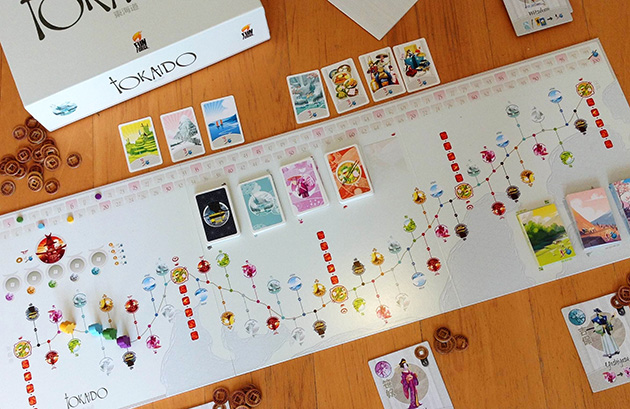
Tokaido
Some games stress you out and some calm you down. Tokaido has players strolling down Japan’s Eastern Sea Road, visiting temples, luxuriating in hot springs, and collecting souvenirs from roadside villages. You are free to move as far along the path as you wish on your turn—you could even rush directly to the inn and tuck into a meal—but getting there is the entirety of the fun in Tokaido, and the race goes not to the swiftest player but to the one who savors the most along the way. With gorgeous art, beautiful components, and an emphasis on smelling the roses, this game is a gentle reminder that while winning is fun, the play’s the thing.
Designer: Antoine Bauza
Publisher: Passport Game Studios
Players: 2–5
Time: 45 minutes
Genre: Set collection
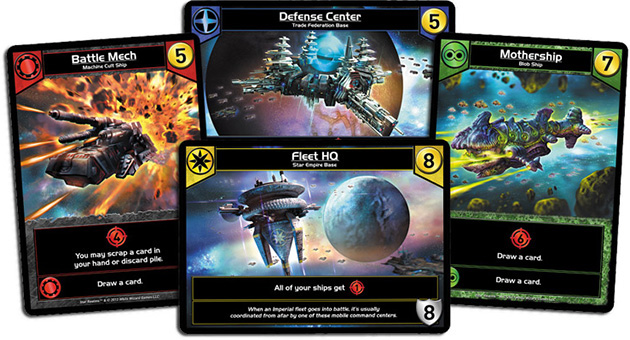
Star Realms
Deck-building games—in which players begin with a few cards and use them to acquire more, building up their deck over the course of the game—have been all the rage since the release of Dominion, and it takes an extraordinary design to stand out in that saturated market. The space-operatic Star Realms does so by adding direct combat to the mix, allowing players to attack one another with their armadas and defend against aggression by acquiring bases. And because multiple spaceships of the same faction receive alliance bonuses when used together, strategic planning is richly rewarded. Star Realms was designed to be infinitely expandable, so replayability won’t be an issue, but the base game alone is perfect for quick, engaging matches.
Designers: Robert Dougherty & Darwin Kastle
Publisher: White Wizard Games
Players: 2–6
Time: 20 minutes
Genre: Deck building
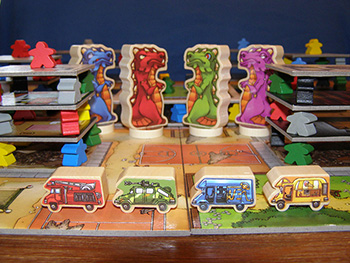
Terror in Meeple City
Video game fans will remember an ’80s-era game called Rampage, in which oversized monsters systematically demolished a peaceful suburban town. Terror in Meeple City shares this theme (and even shared the name for a while, until a cease and desist forced a rebranding). Before the game begins you create Meeple City by using small wooden people figures (aka “meeples”) as pillars between floors of the various buildings. During gameplay you use your finger to flick the monster figures around the board, knocking over edifices, flinging vehicles into the crowd, and swallowing the terrified citizenry whole. You can even blow over buildings during the game by, well, by leaning into the game board and actually blowing over buildings. Where most games promote creation, Terror in Meeple City is one of those rare games that encourages you to be as destructive as possible.
Designer: Antoine Bauza & Ludovic Maublanc
Publisher: Asmodee
Players: 2–4
Time: 30 minutes
Genre: Dexterity
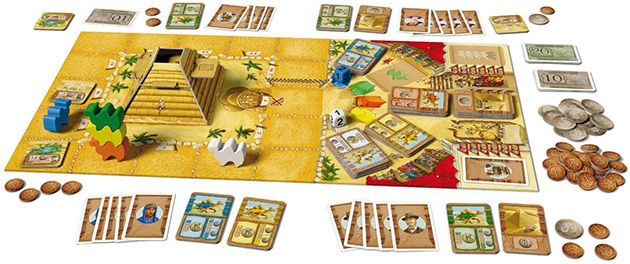
Camel Up
Five camels of different colors race in a single-file line around a pyramid in Camel Up, and players bet on which will be first to make it all the way around. The creatures move through the use of a highly unusual randomizer: a pyramid containing five dice, in colors corresponding to the camels, which is shaken and inverted to reveal not only who moves, but how far. That means one camel will invariably land in a place already occupied by another camel. When that happens, the camel game pieces stack, allowing a camel in the back to land atop a pile of his rivals and ride them to victory. With simple and engaging gameplay and novel components, it’s no surprise Camel Up won the 2014 German Game of the Year award.
Designer: Steffen Bogen
Publisher: Z-Man Games
Players: 2–8
Time: 30 minutes
Genre: Race, betting
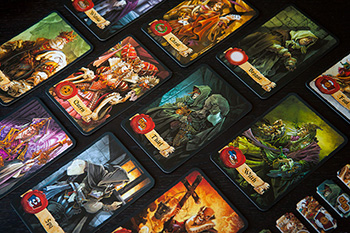
Mascarade
The well-known parlor game Werewolf has spawned a cottage industry of “social deduction games,” in which players must glean the hidden identities of their opponents. In Mascarade, for example, each player is given a secret and unique character card at the start of the game. Players tell their opponents who they are so they can use the special ability associated with the character, or simply lie and claim to be someone else if a different ability would offer more benefit. All of this is par for the social deduction course, but Mascarade takes gameplay a step further by allowing players to swap character cards at will—but not before shuffling them under the table so neither player knows what they get back. Accommodating more than a dozen players, and pairing well with wine (or any alcoholic beverage, really), Mascarade is well-suited for bars or post-meal paranoia.
Designer: Bruno Faidutti
Publisher: Asmodee
Players: 2–13
Time: 20 minutes
Genre: Bluff, social deduction

Quantum
Roll the dice and move your pieces—except in Quantum, where the dice are your pieces. Each represents a spaceship, with the number denoting its class. You can move each ship a number of spaces equal to its value, so high-numbered dice are scouts (6) and interceptors (5); the lower total wins in combat, however, which makes the lumbering battleship (1) a force to be reckoned with. Add to this brilliant core system a host of powers, special abilities, and a modular board that changes with every match, and Quantum transcends its origins as a “dice game” to one of endless possibility.
Designer: Eric Zimmerman
Publisher: Passport Game Studios
Players: 2–4
Time: 60 minutes
Genre: Dice (sort of)
